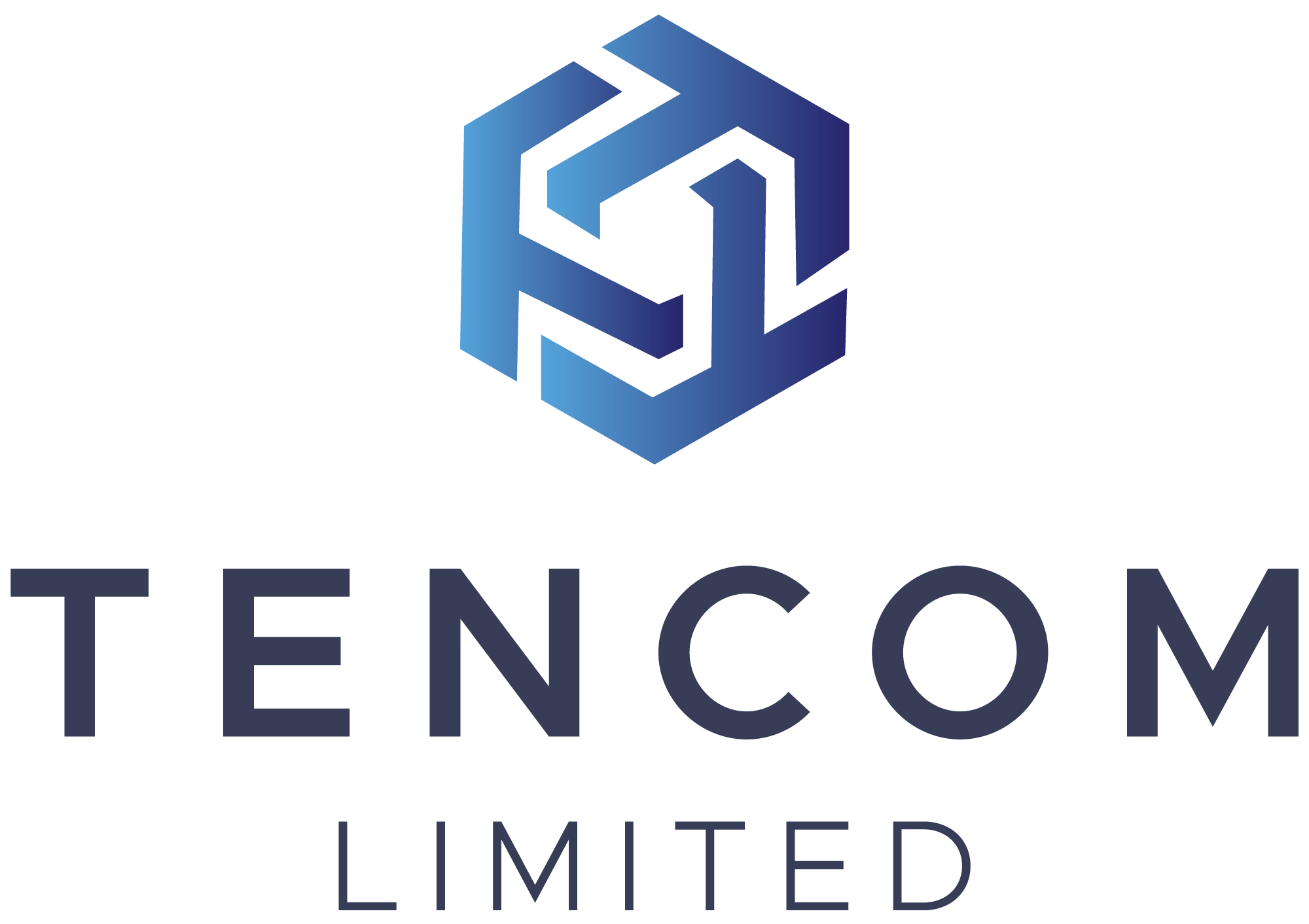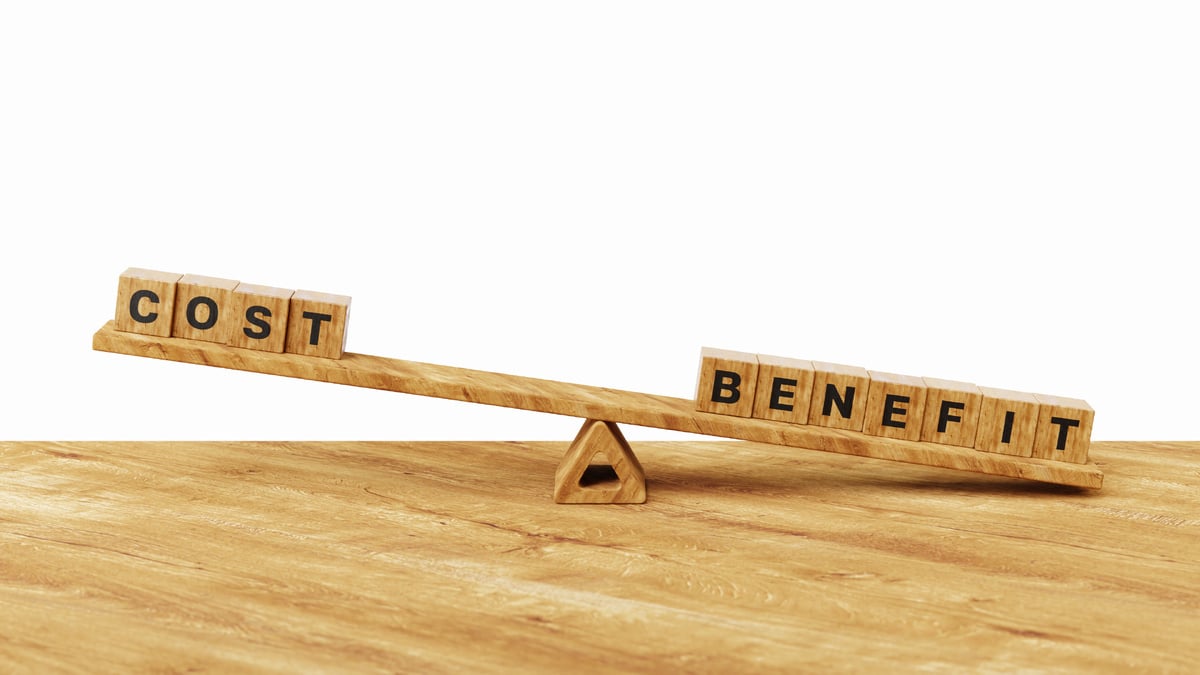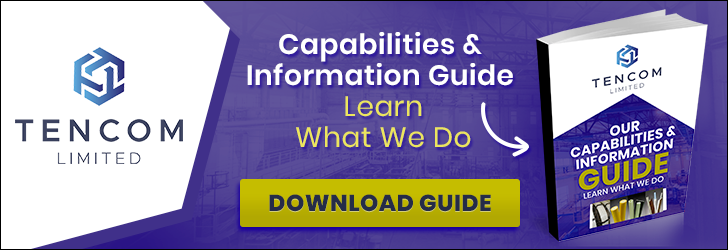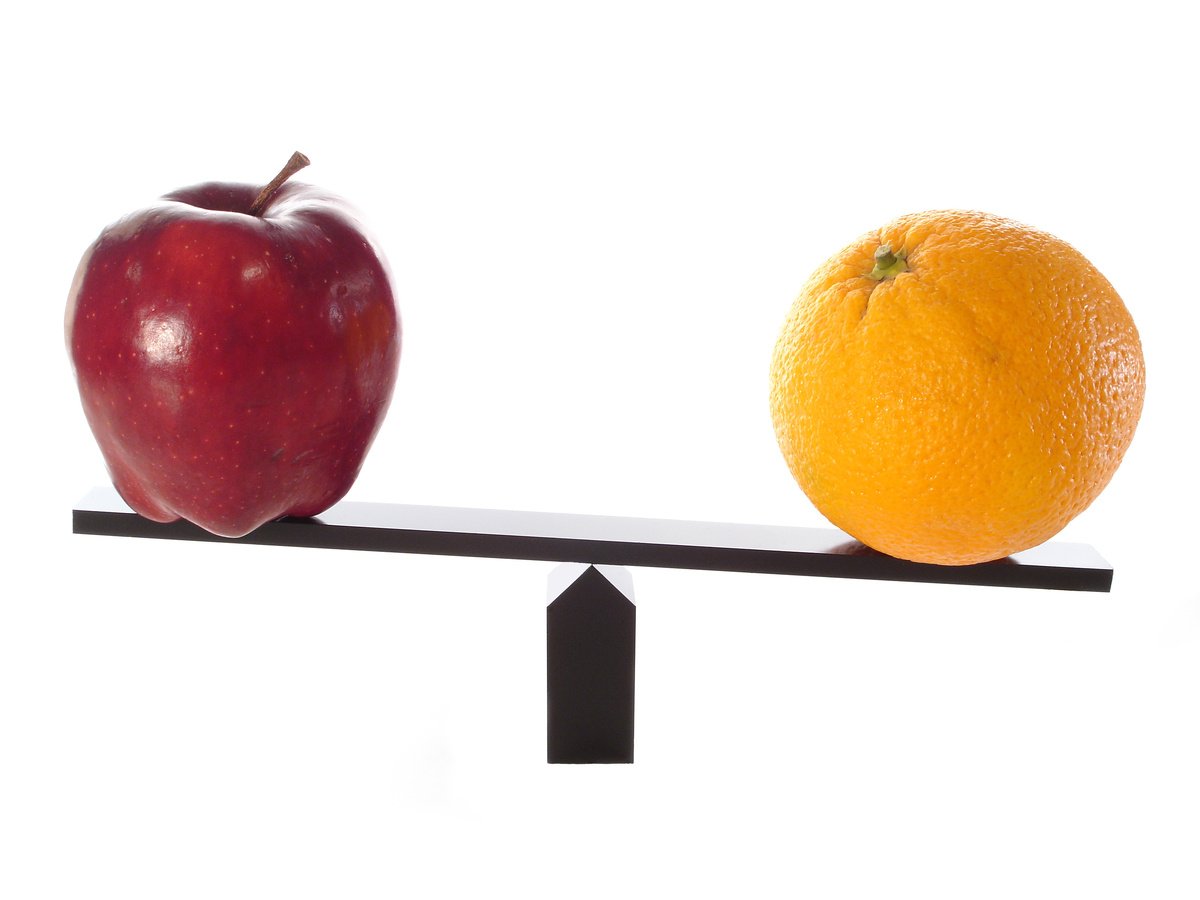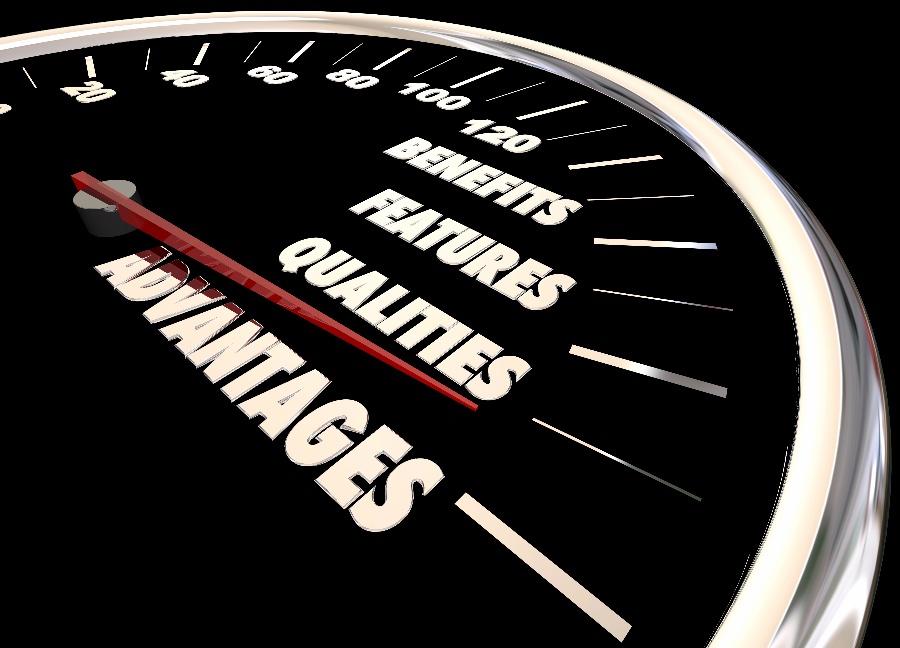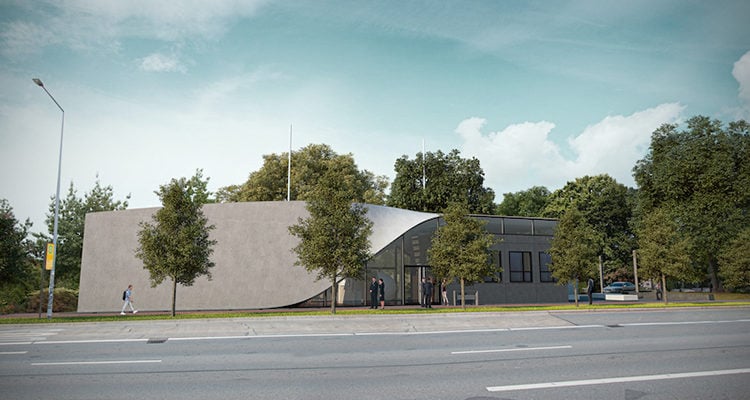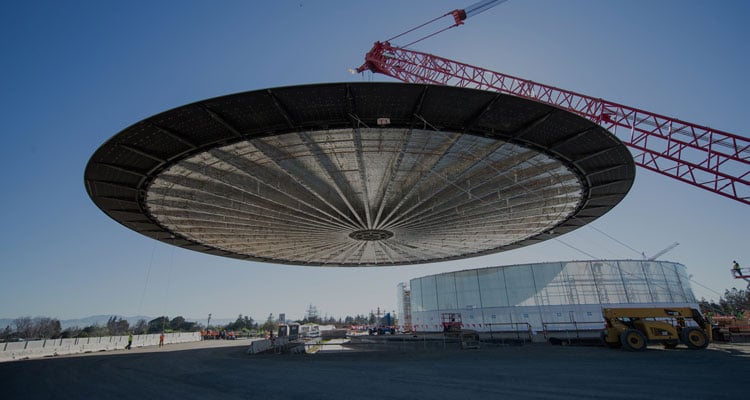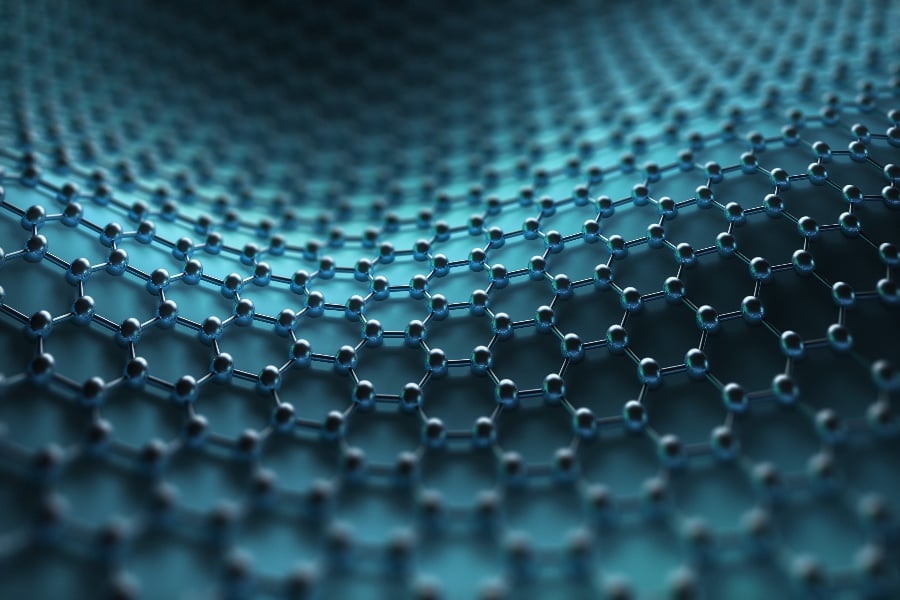
Fiberglass pultrusion has emerged as a game-changer in manufacturing, offering a compelling alternative to traditional materials like steel, aluminum, and wood. Specifically, pultruded fiberglass bars, rods, and profiles are gaining traction across industries due to their unique combination of strength, durability, and cost-effectiveness.
This article provides a detailed cost-benefit analysis of using pultruded fiberglass for these components compared to conventional materials, helping manufacturers make informed decisions.
Understanding Fiberglass Pultrusion
Pultrusion is a continuous manufacturing process that produces fiberglass-reinforced polymer (FRP) profiles with consistent cross-sections, such as bars, rods, and profiles. These components are created by pulling reinforcing fibers through a resin bath and a heated die, resulting in lightweight, high-strength products with excellent corrosion resistance and dimensional stability.
Unlike steel or aluminum, which require energy-intensive processing, or wood, which is prone to environmental degradation, pultruded fiberglass offers a versatile solution for structural and functional applications.
Cost Analysis: Upfront and Long-Term Considerations
1. Material and Production Costs
- Fiberglass Pultrusion: The upfront cost of pultruded fiberglass bars, rods, and channels can be higher than wood, steel, or aluminum, depending on the profile complexity. However, the finished products' benefits, along with pultrusion’s automated, continuous process, reduce labor costs and waste, making it more cost-competitive.. Custom profiles for specific structural needs and more intricate profiles may be produced without additional machining.
- Steel: Steel bars and channels, and shapes are relatively inexpensive upfront but require additional processing, such as machining, cutting, welding, and coating, to prevent corrosion. These steps increase production costs and time.
- Aluminum: Aluminum is lightweight but is conductive without adding insulation and to be equivalent in stiffness and tensile strength would need to be bigger than a comparable fiberglass profile.
- Wood: Wood is the cheapest initially; however, its susceptibility to rot, warping, and insect damage necessitates frequent treatments, driving up long-term costs.
2. Installation and Handling
-
Fiberglass: Pultruded fiberglass bars, rods, and profiles are significantly lighter than steel (up to 75% lighter) and slightly lighter than aluminum, reducing transportation and installation costs. For instance, a fiberglass profile used in a construction project can be installed with fewer workers and less heavy equipment, saving time and labor expenses. Additionally, fiberglass can be cut and drilled on-site with standard tools, simplifying assembly. In automotive, appliance, and consumer goods, the weight-to-strength of pultruded parts can offer a cost advantage.
-
Steel: Steel’s weight increases handling and freight costs, often requiring cranes or forklifts for installation. Welding and bolting also demand skilled labor, adding to expenses.
-
Aluminum: Aluminum is easier to handle than steel, but still heavier than fiberglass. Its installation costs are moderate, though to match the strengths of pultrusions may require a larger profile.
-
Wood: Wood is lightweight but fragile, requiring careful handling to avoid damage. Its installation may involve additional treatments or reinforcements, increasing labor costs.
3. Maintenance and Lifecycle Costs
-
Fiberglass: One of the biggest advantages of pultruded fiberglass is its near-zero maintenance. Fiberglass bars, rods, and profiles resist corrosion, UV degradation, and chemical exposure, making them ideal for harsh environments like coastal or industrial settings. Their lifespan can exceed 30–50 years with minimal upkeep, reducing replacement costs. For example, a fiberglass rod used in a marine application avoids the rust-related replacements common with steel.
-
Steel: Steel requires regular maintenance, including painting, galvanizing, or cathodic protection, to prevent rust. These treatments can cost 10–20% of the initial material cost annually in corrosive environments.
-
Aluminum: Aluminum is corrosion-resistant but prone to pitting in saline or acidic conditions, requiring periodic inspections and coatings. Maintenance costs are lower than steel but higher than fiberglass.
-
Wood: Wood’s maintenance is labor-intensive, involving regular sealing, painting, or chemical treatments to prevent rot and insect damage. Depending on the application and environment, Its lifespan may require frequent replacements.
Performance Benefits: Beyond the Price Tag
1. Strength and Durability
-
Fiberglass: Pultruded fiberglass bars, rods, and profiles offer a high strength-to-weight ratio, often exceeding steel in tensile strength (above 90,000 psi for some profiles) while being much lighter. They are electrical and thermal insulating, withstand extreme temperatures, chemicals, and moisture without degrading, making them suitable for applications like structural supports, handles and poles, or reinforcement bars.
-
Steel: Steel is strong but heavy, with a tensile strength of 50,000–100,000 psi. It is thermal and electrically conductive. Its susceptibility to rust limits its durability in outdoor or wet environments.
-
Aluminum: Aluminum has a lower tensile strength (around 35,000 psi) than fiberglass or steel, making it less suitable for high-load applications. Its durability is good but not as robust as fiberglass in corrosive settings. The flexing limits, lessor stiffness, and high conductivity can limit the suitable applications.
-
Wood: Wood’s strength varies widely (typically 5,000–10,000 psi) and is significantly lower than fiberglass, steel, or aluminum. Its performance degrades rapidly under environmental stress.
2. Versatility and Customization
Pultruded fiberglass excels in producing tailored profiles. Manufacturers can create bars, rods, and profiles with specific dimensions, colors, or resin formulations to meet project requirements, such as fire-retardancy for industrial, construction or comodaty uses or non-conductive rods for electrical applications.
Steel and aluminum offer some customization but at higher costs due to complex fabrication. Wood’s customization is limited by its natural properties and inconsistency.
3. Environmental and Safety Benefits
Fiberglass is non-conductive, making it ideal for electrical infrastructure, such as support rods in power lines, where steel or aluminum poses risks. It’s also eco-friendlier than steel or aluminum, as pultrusion consumes less energy and produces multi-use composites. Wood, while renewable, often requires chemical treatments that harm the environment.
Real-World Case Studies
-
Construction: Fiberglass Channels in Bridge Decking
A Midwest municipality replaced steel channels with pultruded fiberglass channels for a pedestrian bridge. The fiberglass channels cost 10% more upfront but reduced installation costs by 25% due to their lighter weight. Over 10 years, maintenance savings reached 40%, as the fiberglass required no repainting or rust treatment, unlike the steel alternative. -
Utilities: Fiberglass Rods for Power Line Supports
A utility company switched to pultruded fiberglass rods for cross-arm supports in coastal regions. The rods’ non-conductive and corrosion-resistant properties eliminated the need for frequent steel replacements, saving 30% in lifecycle costs over 15 years. -
Industrial: Fiberglass Bars in Chemical Plants
A chemical processing facility adopted fiberglass bars for structural reinforcements. Compared to aluminum, the fiberglass bars offered superior chemical resistance, reducing replacement frequency by 50% and yielding a 20% cost saving over a decade.
Conclusion: Why Choose Fiberglass Pultrusion?
For manufacturers of bars, rods, and profiles, pultruded fiberglass offers a compelling balance of cost and performance. While initial costs may be comparable to or slightly higher than traditional materials, the long-term savings from reduced maintenance, lighter weight, and extended lifespan make it a smart investment. Its superior durability, customization options, and environmental benefits further enhance its appeal across industries like construction, utilities, and industrial manufacturing.
By choosing pultruded fiberglass, manufacturers can optimize production, meet stringent performance requirements, and stay competitive in a market increasingly focused on sustainability and efficiency. Whether you’re producing structural profiles, reinforcement rods, or custom bars, fiberglass pultrusion is a forward-thinking choice that delivers measurable value.
